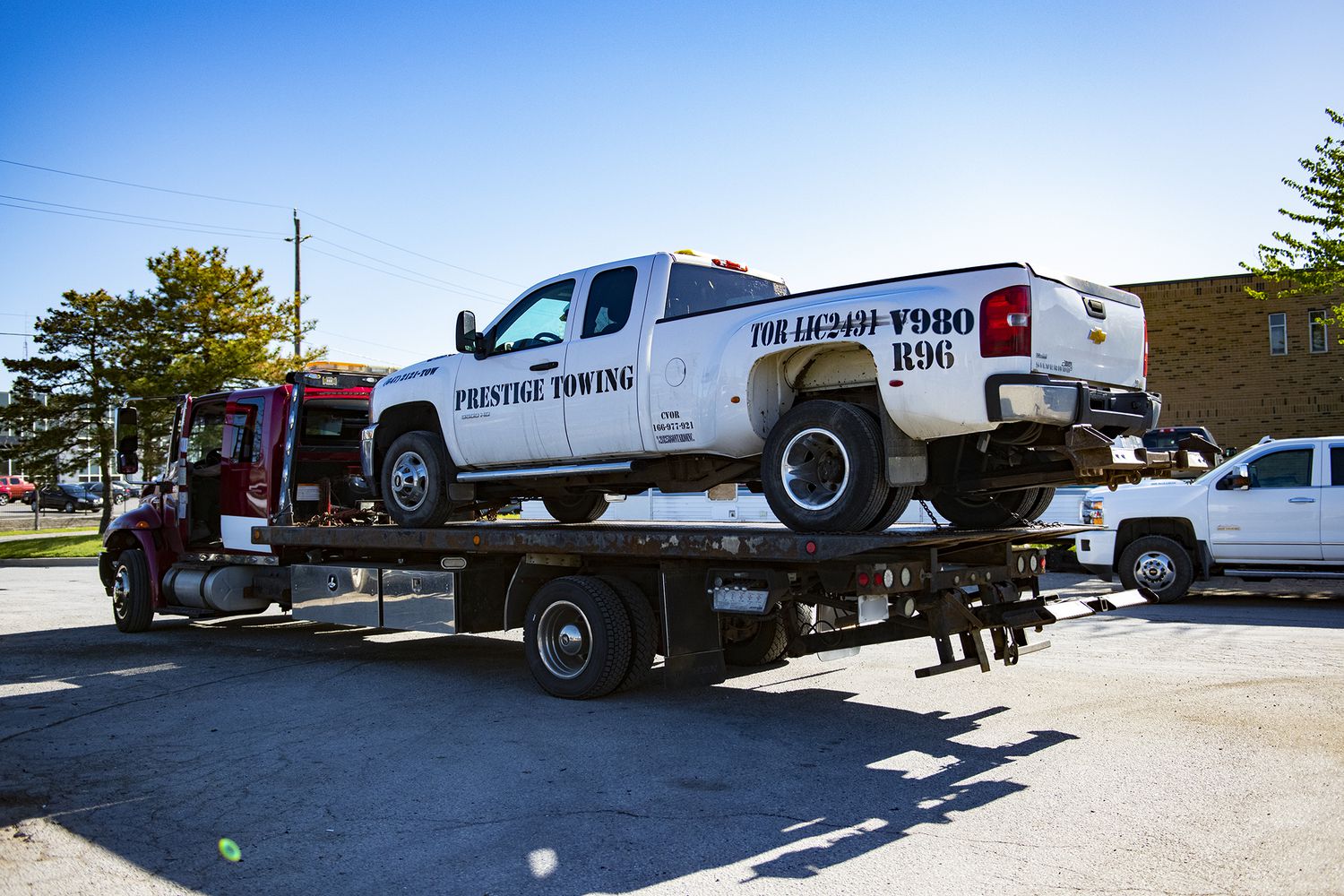Firstly, you need to check the criteria to acquire a tow driver id. And if you know how to load and drive with a car in tow. Then starting a towing business is simple. Here are eight simple steps for launching your own towing company.
Table of Contents
1. Develop a business strategy
Every successful company begins with a sound concept and business strategy. You will need to choose precisely what kind of towing services your organization will provide and to whom. Will you do all the towing alone, or will a crew of tow truck drivers assist you? These early selections will assist you in determining the framework of your tow truck company.
Additionally, you should develop a budget blueprint. How much will you spend on a truck and other company launch expenses? Think about branding, marketing, licensing, insurance, supplies, and equipment.
Determine from there how much you must charge for your company to be profitable. Will you provide flat prices or charge by the hour? How much would your after-hours services cost? At this point, it is advisable to establish precise procedures for your tow truck company. For instance, you should write the steps you will follow each time you go out on a call, from the minute the phone rings until the car is delivered to its ultimate location.
Now is also a good time to choose how you will manage invoicing, accounting, and payroll. And other administrative responsibilities for your organization. If you plan to spend most of your time traveling, documenting each of these procedures will make it easier. It will make it convenient for you to employ an assistant to assist you with these activities.
2. Take Care of Legal Matters
Registering your towing company creates a legal entity out of it. A limited liability company should suffice as a starting point. You should know how to structure your contracts. Accidents do occur. However, accidents involving anything with a price tag, such as a car, may be very expensive for a company. Ensure you have the proper insurance so that if anything goes wrong, it won’t cost your firm a lot.
3. Establish a Bank Account
On the IRS website, you may apply for an employer identification number (EIN), which is effectively a tax identification number. It is after you have registered your tow truck company. Your EIN allows you to create a business bank account for your new towing company.
Open a bank account with a debit card so that you may use it to pay for all company costs. This includes automobiles, equipment, petrol, and insurance, as well as anything else necessary for your profession. This will keep your tow truck business money distinct from your finances, preventing tax-time difficulties.
4. Purchase a Tow Truck
Availing 24/7 Towing Services will cost you heavily. Depending on the sort of tow truck you choose, you’ll likely spend between $40,000 and $100,000. The sort of tow truck you purchase will affect the services your company can provide. For instance, you cannot transport an enormous cargo with a truck intended to transport standard-sized automobiles.
Consider that you may save money by obtaining a previously used car for your company. A new car will certainly live longer, but a secondhand vehicle will cost far less. These reduced beginning expenses will expedite the attainment of positive cash flow.
Here are many sorts of 24/7 Reliable Tow services from which to choose for your business:
- Flatbed pickup
- oversized load towing vehicle
- Wheel lift towing vehicles
- Hook-and-chain towing vehicles
5. Determine Your Target Market
Now that the legal issues have been resolved. It’s time to get to the fun part: identifying your company’s target audience. For towing, you will need to select if you will be B2B or B2C. B2C indicates that you will directly service customers.
Making this difference from the outset will aid you in all future actions for your tow truck company.
What kind of firms will you service if you intend to do so? For heavy load towing, your company may specialize in the transportation of prefabricated houses and heavy equipment. Thus, builders and construction firms would be your target market.
On the consumer side, you might tow automobiles for those who are stranded and would prefer to take their vehicle home than to a repair shop. Establish who your firm will serve in a general sense, and then develop a more particular description of your ideal customer.
Determine the location of your potential customer and the budget they have for your services. For B2C audiences, you may go as far as defining the age, profession, and income of your ideal customer. Don’t worry about getting too particular. It will be simpler to communicate with this demographic if your profile is more refined.
6. Build Your Brand
Your brand is what gives your new company its own professional identity and breathes life into your business.
Once you’ve established the target audience for your business, building your brand will be a breeze. Your brand should be geared towards the audience that you plan to serve while representing what your business has to offer.
The visual elements of your brand will include the logo, fonts and color palette that you’ll use on your website, business cards, pamphlets and other marketing materials.
Your brand’s persona will be built around your core values. It is a good idea to establish a mission statement that you follow in everything that you do. It could be about serving your clients to the best of your ability, making a difference in the community, or whatever rings true to you.
The end goal would be to build a brand that connects with the members of your community, and develops a sense of brand loyalty. You want your brand to pop into people’s heads immediately whenever they require a tow truck.
7. Market Your Services
How you market your towing services will depend on whether you’re targeting businesses or consumers.
When you start a towing business, the B2B model will likely make it easiest for you to get started. You can develop contracts with the businesses mentioned above so that you’re their go-to tow truck driver when their clients require assistance.
If this is the approach you’re going to take, you should make a list of businesses that meet the ideal client profile that you created, and propose the partnership. You could cold call or send emails, but stopping by in person is likely the most effective, especially if the list is short.
Come prepared with a custom pitch that shows how your tow trucking company can meet their unique needs and help them better serve their clients. Have pricing estimates worked out and a rough outline of what the process of working together would look like.
However, marketing to consumers is a bit different. You have to put yourself in your ideal client’s shoes. Recognize that they are going to be looking for a tow truck in a time of need. Where will they turn to find you?
The first answer is likely Google or another similar search engine. This means that you’ll want to make sure your business pops up when they search “tow truck near me” or “tow truck in [your location].”
To make this happen, you’ll want to invest in search engine marketing (SEM) or search engine optimization (SEO). SEM is when you pay for an ad to place your website and contact information at the top of search results, and SEO is when you optimize your content for it to rank as the top result organically.
Either option can be highly effective.












